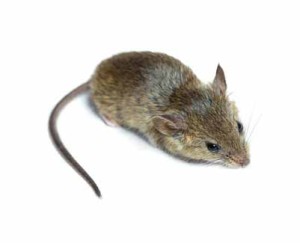Mutation Research. 2002 Aug 26; 519(1-2): 103-19.
Sasaki et al, in Japan, tested 39 common food additives — dyes, color fixatives, preservatives, antioxidants, fungicides, and sweeteners. They gave each additive separately by mouth to groups of four male mice, and then looked at their organs to see if there were any effects.
Of all the additives, the dyes were the most harmful. All seven dyes caused DNA damage in the gastrointestinal organs at a low dose, sometimes close to the acceptable daily intake (ADI) amounts. Both Red 40 (Allura Red) and Yellow 5 (Tartrazine) were in that group.
Other additives that induced DNA damage in the gastrointestinal organs were two antioxidants (BHA and BHT), three fungicides (biphenyl, sodium o-phenylphenol, and thiabendazole), and four sweeteners (sodium cyclamate, saccharin, sodium saccharin, and sucralose).
QUOTE: “Based on these results, we believe that more extensive assessment of food additives in current use is warranted.”
NOTE: Why do we let additives into the food supply before we do research like this? Once they are in, it seems really hard to get them out.





















